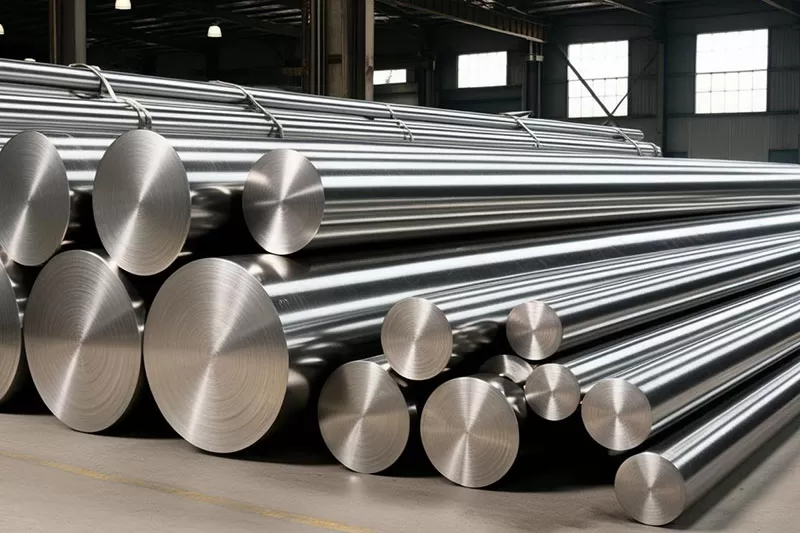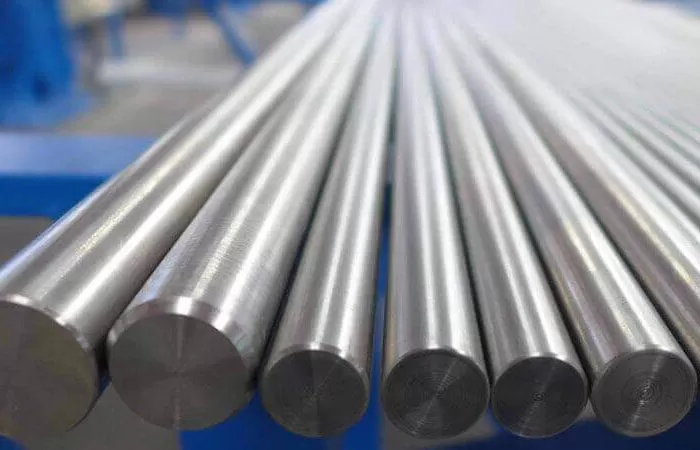
From January to September 2024, the European Union's imports of direct reduced iron (DRI) increased by 3.1% compared to the same period in 2023, reaching 2.09 million tons, according to Eurostat data.
The top importers of DRI within the EU during this period were Italy, Germany, Belgium, and the Netherlands:
Russia remains the largest supplier of DRI to the EU, with a total of 789.6 thousand tons shipped, a decrease of 17.4% year-on-year. The main recipients of Russian DRI are:
Other key suppliers include Libya, which exported 400.14 thousand tons of DRI (up 9.3% year-on-year), and Venezuela, which sent 233.29 thousand tons (up 82.1% year-on-year).
In September 2024, the EU imported 179.03 thousand tons of DRI, a 20.4% decline year-on-year and a 17.8% drop from the previous month. The structure of suppliers shifted in September, with Russia sending 70.77 thousand tons (down 11% year-on-year, but up 34% month-on-month), while Libya's exports fell significantly to 14.19 thousand tons (down 72.8% year-on-year, down 70.1% month-on-month). Venezuela, which had not exported DRI in September 2023, shipped 50.8 thousand tons in September 2024.
In 2023, the EU reduced its DRI imports by 11% compared to 2022, totaling 2.61 million tons. However, in December 2023, DRI imports surged by 19.9% compared to the previous month and 146.5% compared to December 2022, reaching 213.12 thousand tons. The largest supplier in December 2023 was Russia, accounting for 1.19 million tons, down 21.3% year-on-year.

2025-12-11 16:42:29

2025-11-19 14:09:22

2025-11-07 17:27:49

25th floor, C3 Building, Wanda Plaza, Kaifu District, Changsha, Hunan Province, China